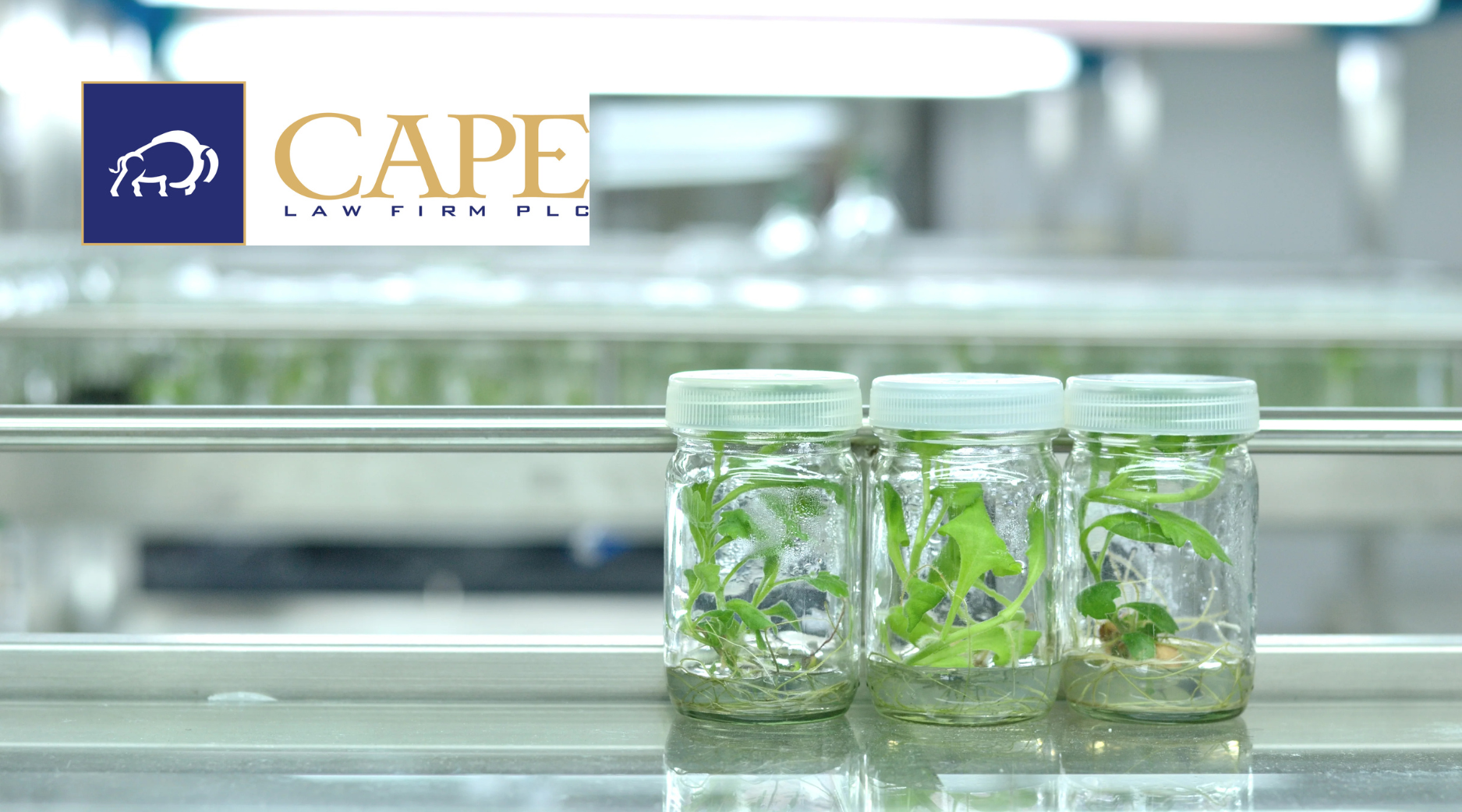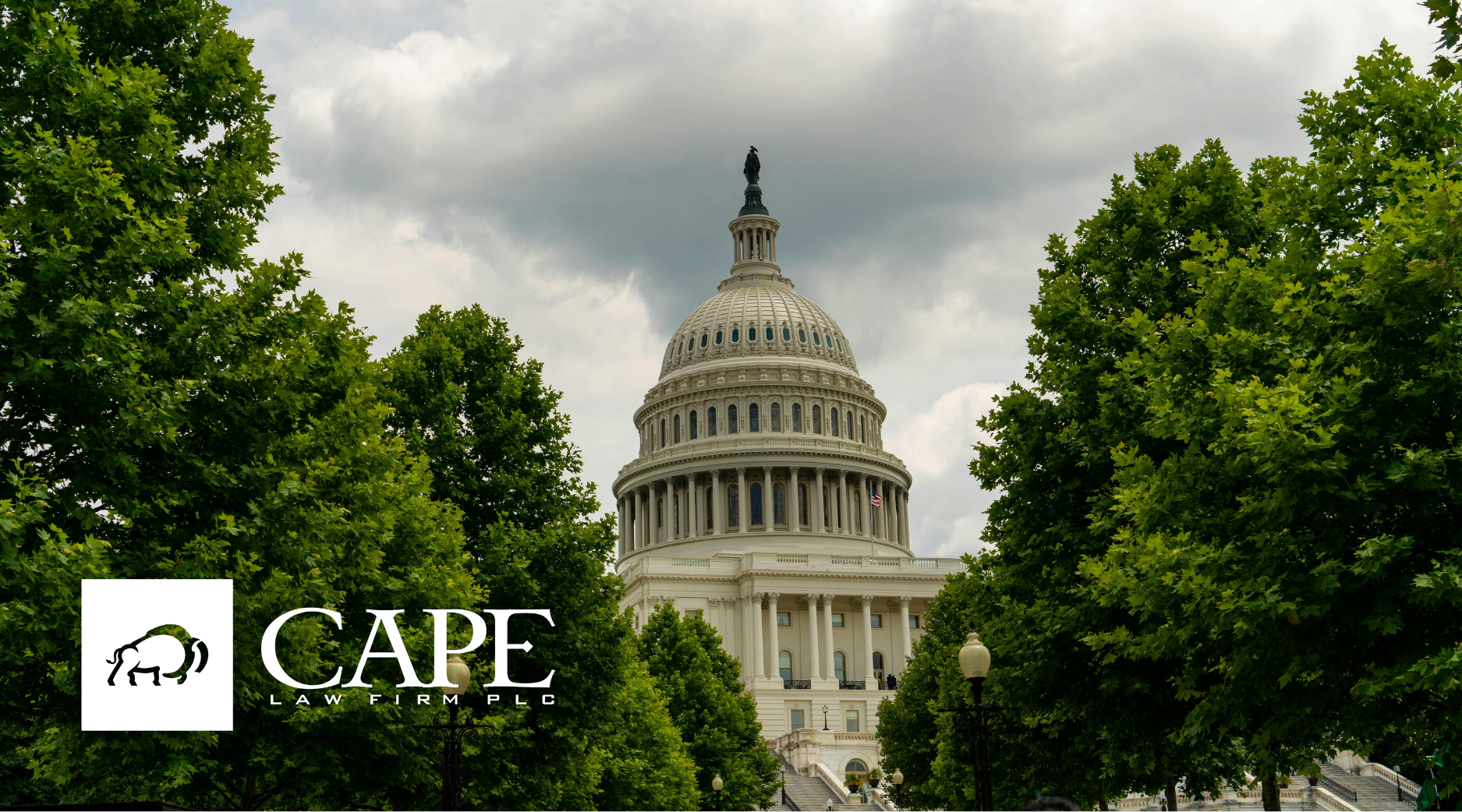The Environmental Protection Agency (EPA) released a Memorandum on July 22, announcing the Agency’s “proposed” decision to re-register three dicamba herbicides (Tavium, KHNP0090, and Engenia) for over-the-top (OTT) application to dicamba-tolerant soybeans and cotton.
While not quite final, the Agency’s foregone decision to re-register dicamba comes just barely a month after the appointment of Kyle Kunkler as the EPA’s top pesticide officer (Deputy Assistant Administrator for the Office of Chemical Safety and Pollution Prevention). Before his appointment, Kunkler was employed as a lobbyist for the American Soybean Association (ASA) and was a strong advocate for the herbicide. Indeed, ASA, along with Plains Cotton Growers, filed a lawsuit against the EPA even after it approved dicamba, arguing that the Agency’s label restrictions were too stringent for soybean and cotton farmers (a copy of the Complaint is here).
In its Memorandum, EPA kinda acknowledged that dicamba is prone to move off-target through drift and volatilization, but assures us that its newest round of label changes will surely address these problems:
The impacts of offsite movement of dicamba to non-users may be substantial. High value crops may suffer yield and quality losses, organic growers could lose organic certification, research and crop breeding programs could be disrupted, and plantings in residential areas and landscapes could be damaged. Offsite movement of dicamba has resulted in conflict between neighbors. EPA is proposing mitigation to ensure dicamba stays on the treated field, addressing offsite movement. EPA is proposing that these mitigations be on the product labels to reduce the risks (costs) while also considering the benefits of the use.
The “Incident Assessment” section of the Memorandum is short (barely over a page), but worth a read if for no other reason than a good chuckle. In so many words, the EPA concedes that while dicamba is still causing problems, the Agency is befuddled by all the incident reports:
Generally, incident reports provided few details, making it difficult to quantify the impacts of off-target dicamba exposure on sensitive plants and crops.
Essentially, there are too many reports, too many factors, and too many “unknowns” among reported incidents involving dicamba for the Agency to make any sense of this data. Apparently, the “best available science” isn’t very good at figuring out why dicamba is involved in so many incidents.
In sum, the EPA has determined that the benefits of an OTT dicamba product for dicamba-tolerant soybeans and cotton outweigh all other detrimental effects and costs. This is primarily because dicamba is cheaper than using 2, 4-D or glufosinate for weed control.
In many ways, the dicamba-tolerant crop system just may be the perfect product – it drives increased sales from folks who would not otherwise use the system just to be safe from those that do, and when it causes problems, nobody can figure out why, or even where the hell it came from. We should all be so lucky to have such a blame-elusive cash cow.
You can read the EPA’s Memorandum supporting its decision to re-register OTT dicamba here.
Supreme Court May Yet Consider Federal Pesticide Labeling Rules
The Solicitor General (the federal government’s top Supreme Court lawyer) has been asked to weigh in on Bayer’s second effort to get the Supreme Court to review the scope of federal pesticide labeling rules under the Federal Insecticide, Fungicide, and Rodenticide Act (FIFRA) in the hopes of bringing an end to its ongoing glyphosate litigation.
From time to time, the Supreme Court will ask the Solicitor General to give the government’s opinion on whether the high court should review a case (i.e., grant certiorari ) in which the federal government is not a party. While the Solicitor’s opinion is not binding on the Court, it is generally considered influential. The Solicitor is appointed by the President and reports directly to the U.S. Attorney General.
During Bayer’s previous Petition to the Supreme Court for a review of FIFRA in its glyphosate litigation, the Solicitor General weighed in and suggested that the Court deny review, essentially agreeing that the lower courts correctly decided that FIFRA does not preempt state-law failure-to-warn claims.
So what might cause the Solicitor to make a different suggestion this time around? For one, the Solicitors are different as a result of the change in Administrations. During Bayer’s first Petition, the Solicitor was Elizabeth Preloger, a Biden appointee. The current Solicitor is D. John Sauer, a Trump appointee who previously represented the President. Different Solicitors may interpret the issues differently. Another reason is a split in opinions of the federal appellate courts, which didn’t exist the first time around. The Ninth and Eleventh Circuits have held that FIFRA doesn’t preempt the claims, while the Third Circuit has held that it does.
Speaking of glyphosate, interestingly enough, a new study on the carcinogenicity of glyphosate was released last month linking glyphosate to increases in benign and malignant tumors. I have no idea whether the new study is good science or bad science, but I’m at least skeptical enough not to take the word of lobbyist groups about it.





